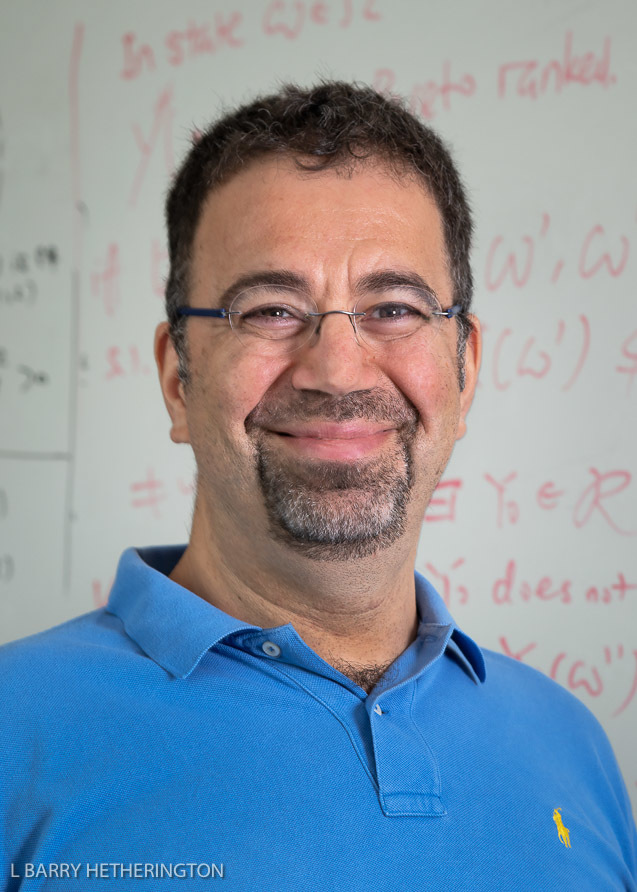Harm reduction measures in connection with intravenous drug abuse can remain repugnant even where they were successful.
Statnews has the story:
Years ago, a syringe exchange helped end a devastating HIV outbreak. Now it might be forced to close By Lev Facher
"The Indiana county at the center of a devastating HIV crisis in 2015 may soon close the syringe exchange program widely credited with helping to end its outbreak.
"For public health advocates in Scott County, home to 24,000, the controversy is all too familiar. Six years ago, the county drew national attention for recording roughly 200 HIV cases in a single year, largely driven by injection drug use. Critics have charged that the state government’s slow response and monthslong refusal to permit needle exchanges only made the crisis worse.
"Closing the exchange now, they warn, could lead to a new wave of HIV and hepatitis C cases and increased drug overdoses. Nationally, too, many are worried it could trigger a broader wave of closures. Scott County’s syringe exchange was hailed as a success in 2015 and paved the way for other programs to open across the country. Many fear that shuttering the program, similarly, could inspire activists from coast to coast seeking to close syringe exchanges in their communities.
...
"The new debate in Indiana comes amid a wave of anti-syringe-exchange activism across the country, including a controversial new law in West Virginia that critics say could force many local programs there to close. West Virginia is experiencing a worst-in-the-nation HIV outbreak not unlike Indiana’s six years ago.
...
"Despite the reduced rates of transmission, Scott County is still among those most vulnerable to HIV outbreaks, according to the Centers for Disease Control and Prevention. It sits at the western edge of the country’s largest HIV hotspot: An area spanning several hundred miles that includes parts of Indiana, Kentucky, Ohio, West Virginia, Virginia, and Tennessee, where much of the HIV transmission is thought to be driven by injection drug use.
"Still, neighbors and local lawmakers there have sought to close the exchange, citing fears it encourages or facilitates drug use and crime (data shows that such programs do not). They have also charged that syringe exchanges lead to hazardous litter, like stray needles — a problem that, in some cases, harm reduction advocates have acknowledged and pledged to help address."









